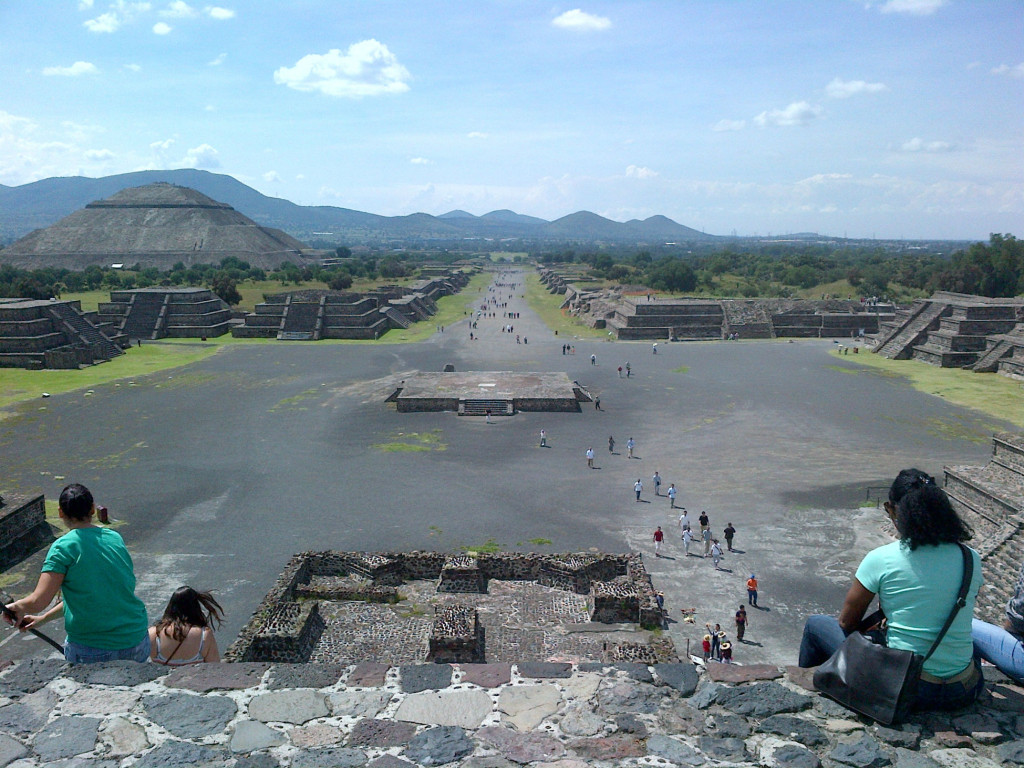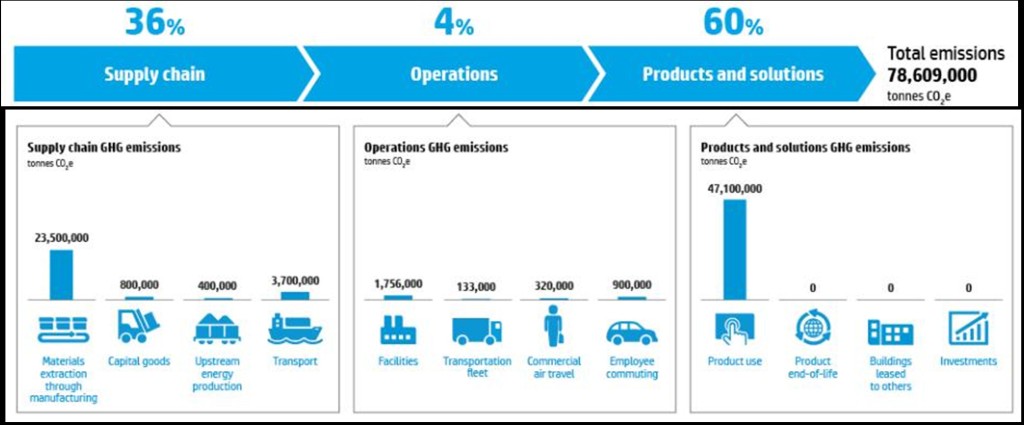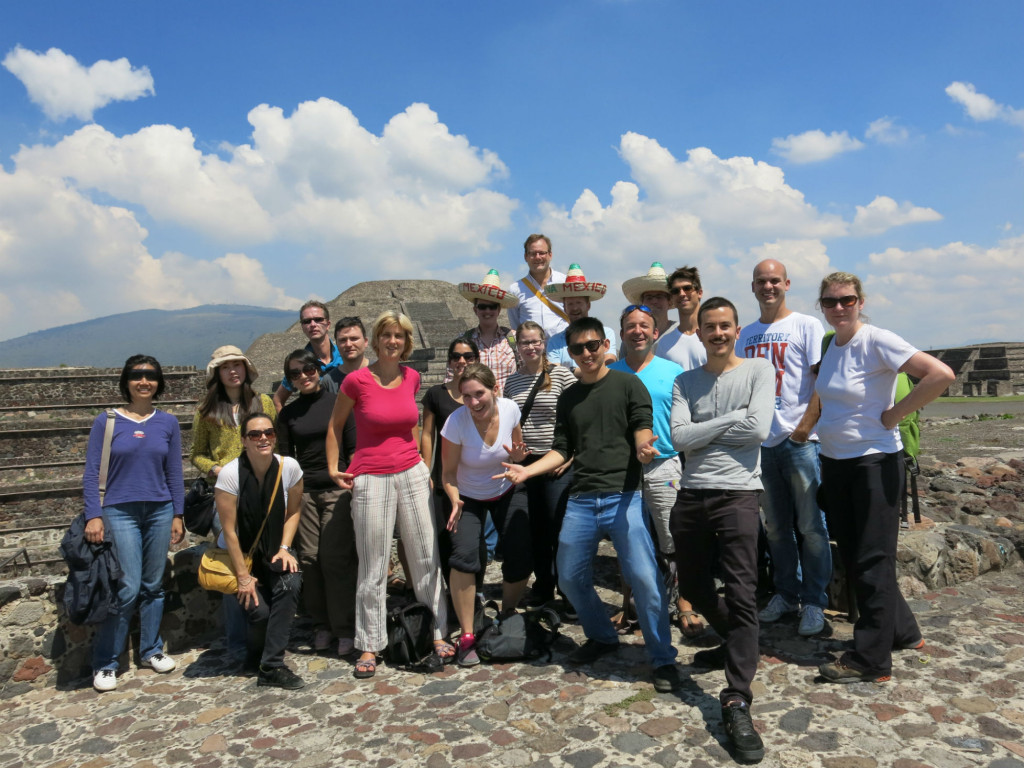Climbing …mount sustainability
I’m standing atop the pyramid of the moon at the Teotihuacan pyramids outside of Mexico City. The Climate Savers workshop is over and a group of us have taken an excursion to these pyramids which were abandoned centuries before the Aztecs.
Climbing these ancient pyramids brings me back to nature, which reminds me why we do the work we do at WWF. Remember the story of Easter Island? Mismanagement of environmental resources and competition between clans led to a complete collapse of Easter Island’s society in the sixteenth century. It’s an example of the consequences of irreversibly damaging the environment that we all depend upon.
A lot of what I’ve heard this week is about companies using their influence for good beyond their own borders. It can be a daunting undertaking, but leading companies see real benefits to tackling their far-reaching impacts.
So what should be the role of businesses in influencing and transforming their value chains?
Hewlett Packard (HP) knows firsthand that influencing meaningful change is hard, but it is critical. The company recently measured the carbon footprint from its entire value chain (that includes upstream – suppliers – as well as downstream – consumers) and discovered that a whopping 96% of its emissions are attributable to its supply chain and customer use of its products. The main learning here is that your biggest impact may not be where you think it is! Many companies focus inadvertently on the wrong things (i.e. those with a relatively small impact). HP’s experience shows that while working on the carbon footprint within your own boundaries is relatively easy and controllable, the real impact is often found in other areas.
After measuring its carbon footprint, HP then identified ways to achieve reductions; in an industry-first, they set a GHG reduction goal in their supply chain to reduce 20% by 2020. This is impressive as many companies have not even measured their supply chain let alone planned for how they intend to reduce the impact of it!
And there’s more: HP is the first IT company to report all 15 categories of indirect (or “scope 3”) emissions as defined by the Greenhouse Gas Protocol Scope 3 standard. It is one of the first companies in the world to tackle this depth of analysis and corresponding carbon reduction. HP is not only demonstrating leadership by addressing carbon emissions that happen as an indirect result of its operations; through this exercise HP is helping its customers prepare for a carbon constrained world, and benefiting from increased employee engagement.
© Mary Ann van Bodegraven 2013
So what does this have to do with climbing pyramids? Well, nothing, really. But out in the open air, I find myself reflecting on the visionary actions I heard about from Climate Savers companies like HP this week. I believe whole-heartedly in the way WWF engages businesses to encourage them to take impactful action resulting in measurable environmental benefits.
Since there’s still lots to do, I’m ready to go home and get back to work.
Interested in learning how Canadian Climate Savers companies reduce impact and remain profitable? Check out this report.




